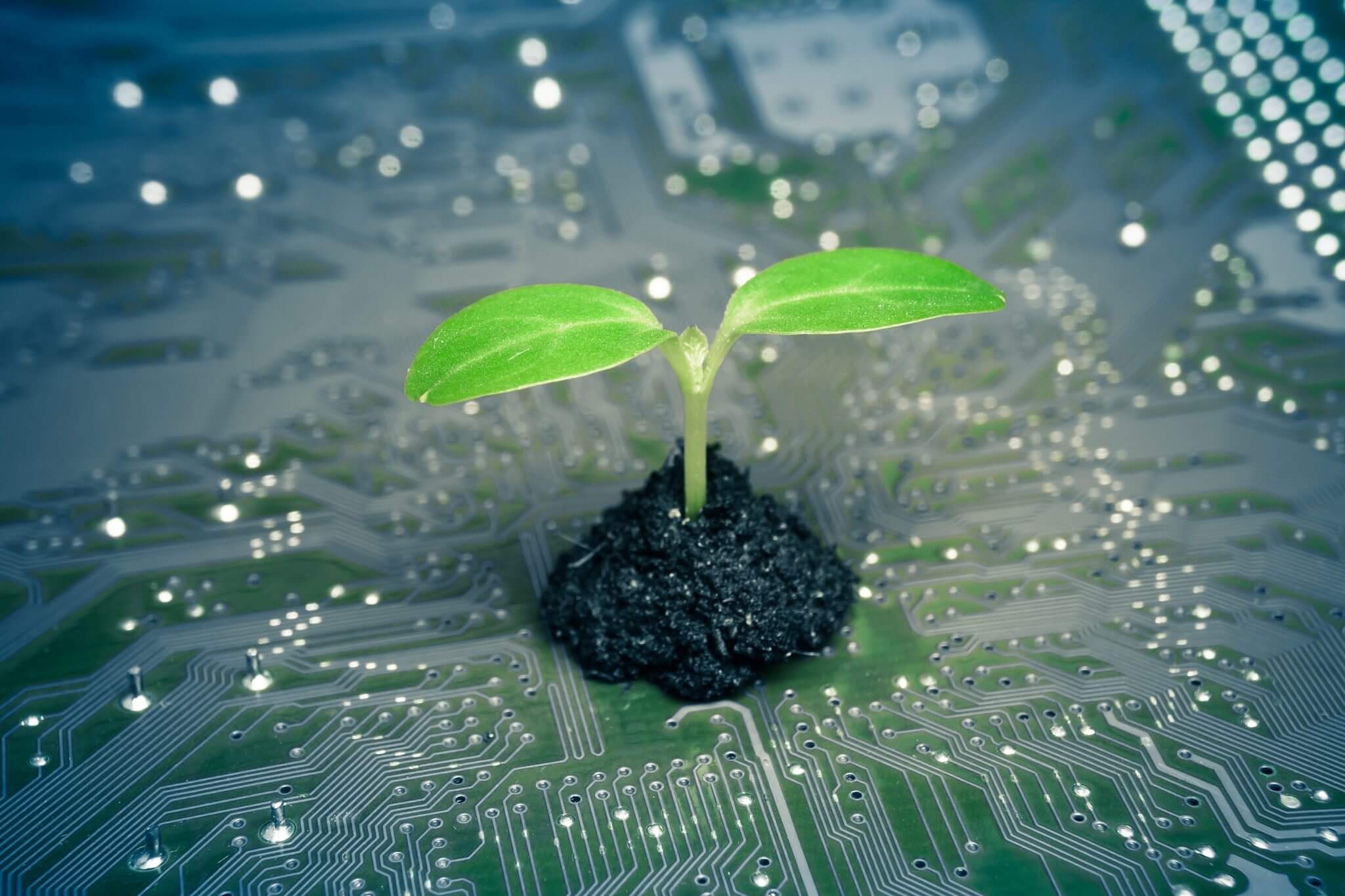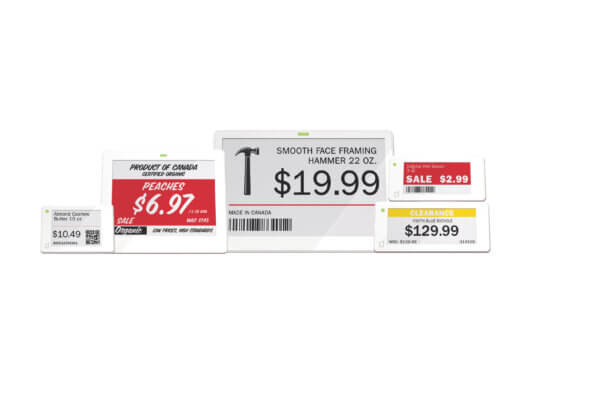The waste management crisis is a rising threat to the environment. While most of us are aware of how damaging single-use plastic and paper is to our planet, many of us overlook a significant contributor – food waste. According to a Harvard Business Review article, “the United Nations reports that the world population is expected to grow from 7.6 billion to 9.8 billion people by 2050, which makes food security a more pressing issue”. With grocers being one of the biggest offenders when it comes to food waste, it’s no surprise that they need to urgently rethink their operating strategies.
Here’s how upgrading to the latest retail technology can minimize food waste and reduce environmental impact:
Reduce Label Waste
Label waste from shelf and product price tags is estimated to produce 120,000 tonnes of waste each year. Most plastic and paper stick-on labels are deemed unrecyclable because of their adhesive material – thereby creating more trash in the landfills. But what if there is a way for retailers to reduce label waste contribution? Étiquettes intelligentes numériques™ can do just that.
Digital Smart Labels™ are a pricing automation system that optimizes smart pricing strategies without creating new waste. Instead of changing and trashing sticker labels each time a price update is needed, Digital Smart Labels™ easily change prices on the spot for up to 10 years. And once the battery life is consumed, the old labels can be recycled – ultimately reducing excess plastic and paper label waste in the landfills.
Lessen Food Wastage
North America alone wastes up to 58% of all food produced, and yet the reality is: one-third of food loss can be avoided and rescued. Two of the main contributors to the food waste problem are being unable to sell food before its best before date, and throwing away food that reaches its sell-by date.
To lessen and avoid the amount of food thrown out, an efficient strategy retailers can utilize is selling discounted produce nearing sell-by dates. Many grocers have recognized the advantage of offering discounts to boost sales and free up room in the store.
With the help of Digital Smart Labels™, communicating price reductions and promotions at real time has never been easier. The dynamic marketing feature allows retailers to accurately launch promotions at the shelf wirelessly from a central location.
Optimize Inventory Management
Oftentimes, the best way to reduce unintentional waste starts with reevaluating inventory management systems. Eliminating traditional store practices like manual inventory management or relying on intermediaries for stock management are great places to start. Retailers can also leverage smart retail technology such as automating inventory management to keep accurate track of stock levels in real time.
Digital Smart Labels™ are another smart inventory solution. Inventory levels can be displayed on the label, providing an easier and more efficient way to keep up to date with the stock levels of goods and produce. In turn, this can also help adjust frequency of delivery from the warehouse and amount of inventory delivered – ultimately resulting in reduced loss.
Conclusion
Through the use of retail technology—like Digital Smart Labels™— retailers can help minimize both the food and waste management crisis, as well as implement smarter inventory management and reduce the need to use new resources.



